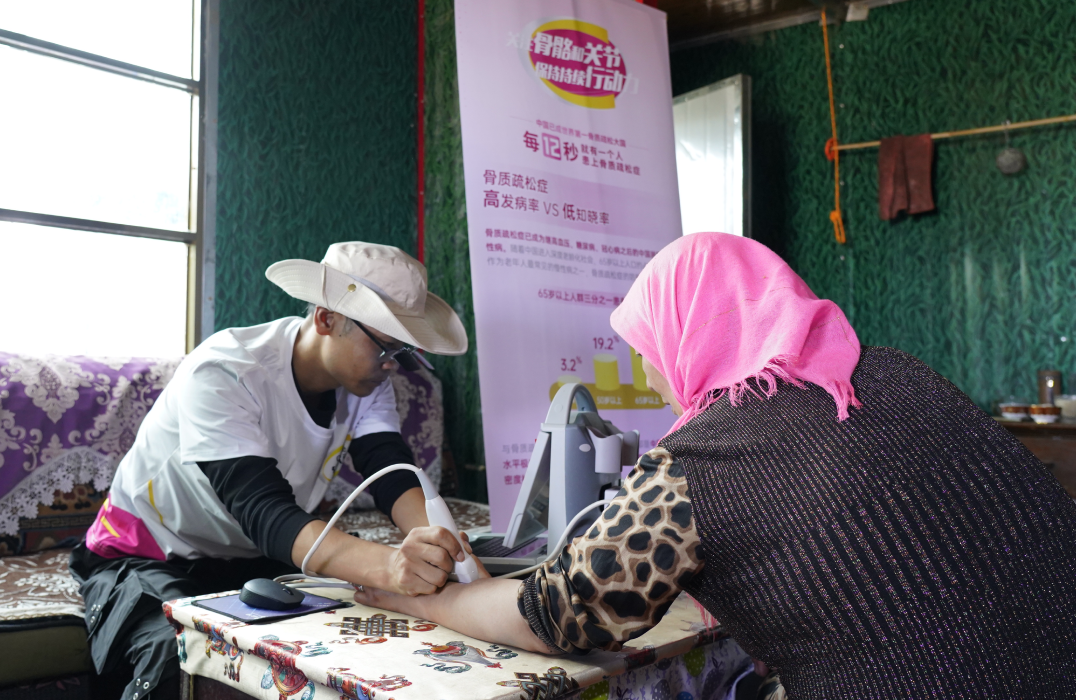Virgin Plastic Reduction
Our Goal: We aim to reduce our use of virgin petroleum-based plastic by 10% by 2025, and a third by 2030 vs a 2022 baseline.4
We are seeking to deliver a significant virgin plastic reduction through a combination of:
- Optimising our packaging to reduce the absolute amount of material we use through more compact design, for example, reducing headspace, and right-sizing our packaging.
- Substituting virgin plastic with alternative resins, for example, recycled plastic and bio-resin, as alternative feedstocks to virgin petroleum-based plastic.
- Innovating to develop new packaging formats, for example, new-to-industry technologies and materials, and new product formats, packaging solutions, and/or delivery models such as reuse and refill.
Recyclability
Our Goal: We aim to develop solutions for all product packaging to be recycle-ready5 by 2025 as part of our goal to make all packaging recyclable or reusable by 2030, where safety, quality and regulations permit.
Making our packaging recycle-ready is a key milestone to achieving recyclability, whereby a packaging format is effectively collected, sorted and recycled in practice and at scale in at least one region.
Our packaging content is made up of several different raw materials. Paper packaging accounts for about half of our packaging footprint, the vast majority of which is recycle-ready today. For our plastic packaging, our primary focus for recycle-ready is on our products sold in tubes and bottles as these formats account for the largest share of our plastic packaging.
Our approach for recycle-ready is to:
- Remove problematic plastics (for example PVC).
- Move to mono-material packs, transitioning out of composite packaging that is hard to recycle (e.g. moving our toothpaste packaging out of aluminium barrier layer tubes into mono-material HDPE plastic tubes)
- Pick materials that are compatible with existing and emerging recycling streams.
4 Scope includes product packaging and some devices, including toothbrushes.
5 Recycle-ready refers to product packaging and devices that are made of materials that are proven to be compatible with existing or emerging recycling infrastructure. In line with the CDP definition of ‘technical recyclability’, this does not take into account whether the collection, sorting and recycling of the packaging or device happens in practice, at scale, and with reasonable economics.

